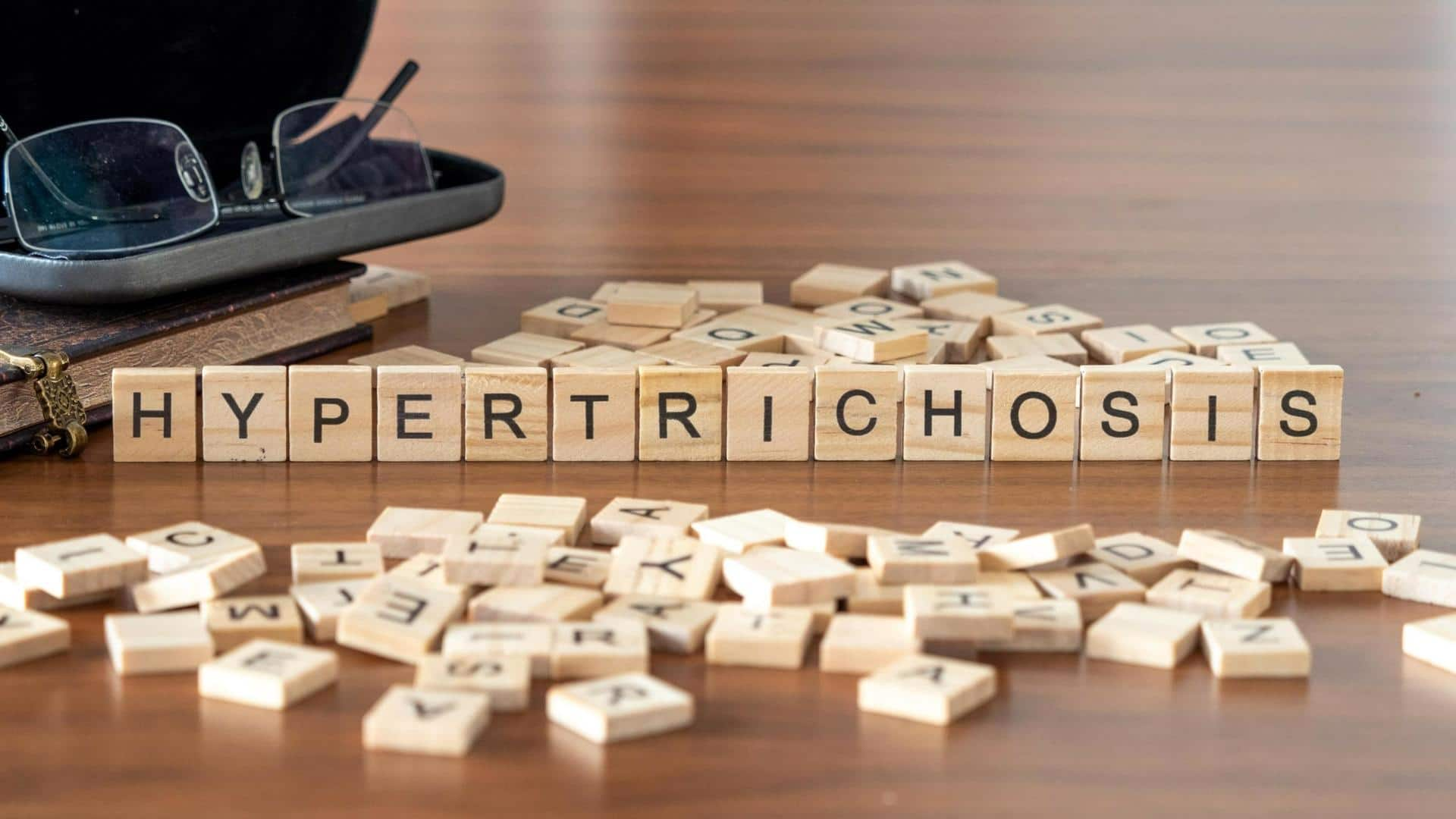
Hypertrichosis or werewolf syndrome: Meaning, causes, symptoms, and treatment
What's the story
A rare disease with only 50 cases documented so far! Hypertrichosis, commonly called werewolf syndrome, is a medical condition in which there is immense hair growth on a person's body, especially in those areas where typically hair doesn't grow. It can affect anyone, irrespective of age and sex. From its meaning and causes to symptoms and treatments, here's everything you should know about it.
Context
Here's what our expert says
Human werewolf syndrome or hypertrichosis is a rare condition where there is excess hair growth over the body, in areas where usually there is no or little hair growth. It is seen both in males and females and can develop at any age. Infants can be born with this condition and it is thought to be due to the activation of a dormant gene.
Meaning
Let's understand this medical condition a little better
Hypertrichosis can occur at the time of birth or anytime during a person's growing years. It is of many types including congenital hypertrichosis lanuginosa, congenital hypertrichosis terminalis, nevoid hypertrichosis, hirsutism, acquired hypertrichosis, etc. Although the cases differ in terms of intensity, in more severe cases, the person's entire body is covered with hair, making one resemble an early man.
Causes
What are the causes that lead to this rare ailment?
Unfortunately, health experts have not been able to tap into the causes of hypertrichosis. However, they guess that the same genes that caused excessive hair growth in early men, the one that got shut down during mankind's evolution, gets activated due to an unknown reason when the baby is in the mother's womb. Malnutrition and certain drugs may also play a role.
Symptoms
What are the signs and symptoms of werewolf syndrome?
Excessive hair growth is the only symptom of this condition. A person can grow three kinds of hair - vellus, lanugo, and terminal. While vellus hair has very short follicles and can occur on the lips or the soles of your feet, lanugo hair is prevalent in babies and is soft and fine. Terminal hair is long, thick, and dark.
Treatment
Hypertrichosis has no cure but there are some treatments
Sadly, there is no cure for this health condition and one can't do anything to prevent it from happening. However, there are a few treatments that they can seek which include shaving, waxing, plucking, hair bleaching, laser surgery, electrolysis, and chemical epilation. Note that all these are temporary solutions as the hair can regrow. They are also quite painful for the patient to undergo.
Story
A 17-year-old Indian vlogger has hypertrichosis
Lalit Patidar from Madhya Pradesh, who is 17, was diagnosed with this rare medical condition when he was six. Since then, he has been bullied and made of fun by his schoolmates who called him "monkey boy" and hurled stones at him. Even adults thought he was a ghost or a legendary creature!
Acceptance
Here's how a hypertrichosis patient is treated
Irrespective of the disease, every patient should be treated in a good way as this strengthens their healing process. Do not get scared of or bully a hypertrichosis patient as this can take a toll on their already-tarnished mental health. Stay as normal with them as you do with other people and encourage everyone else around them to do so too.